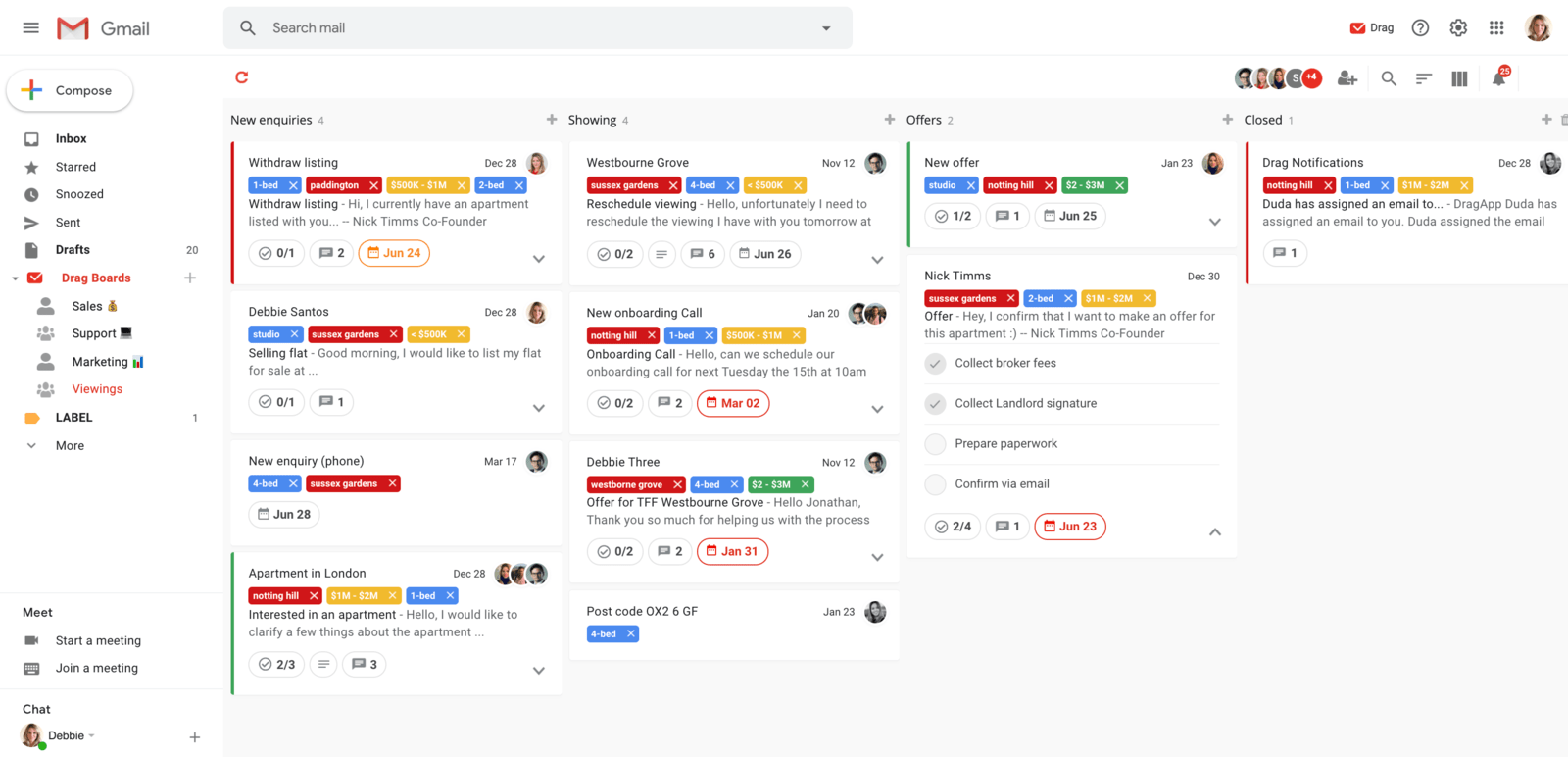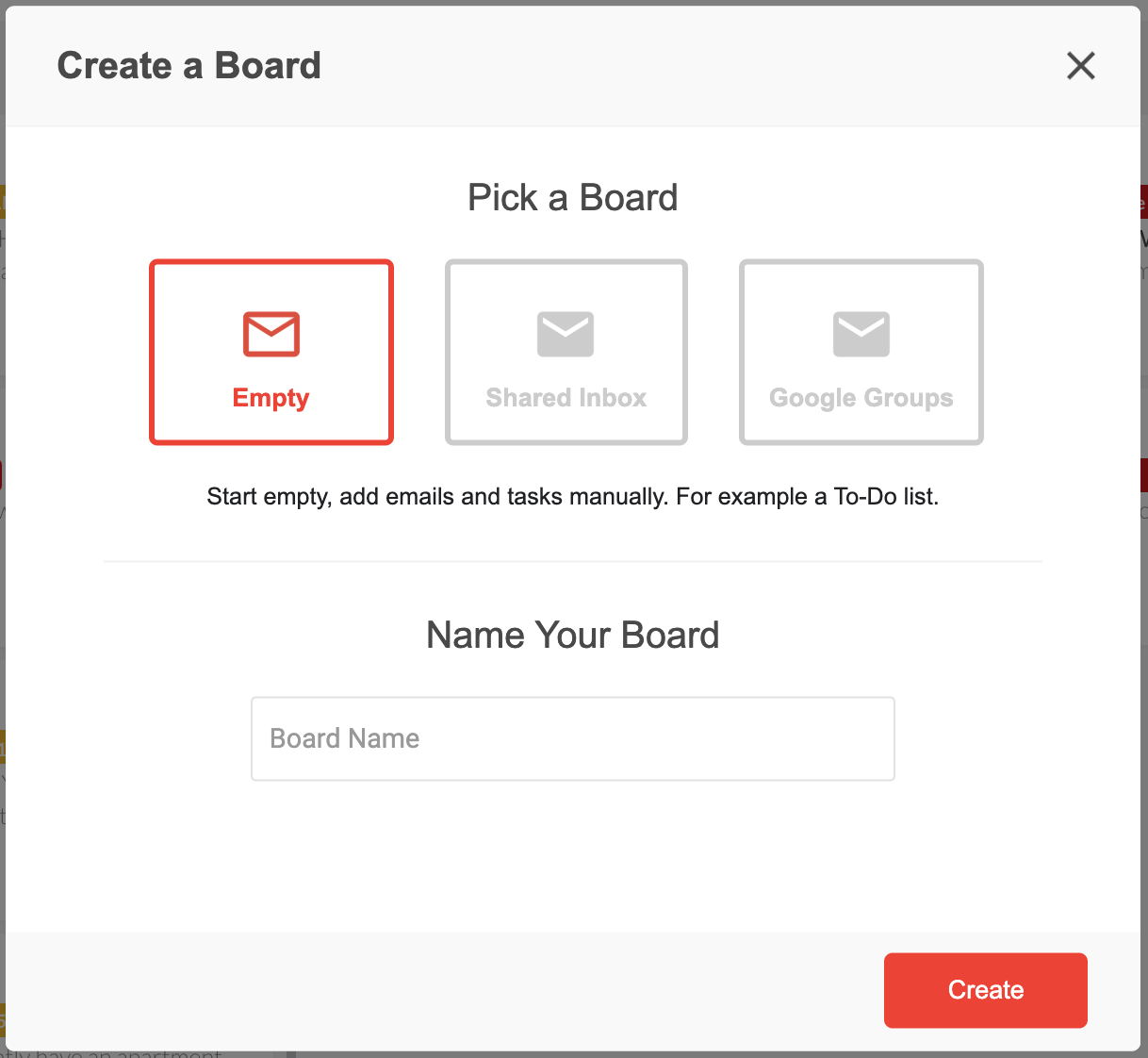
A common doubt may be around your head when you start thinking about collaboration within a work team: distribution list vs. shared mailbox, which one you should choose?
There is no right answer to this question; it depends on the needs of your business. The big problem is that it is very common to get confused between these two options and choose a solution that is not fit-for-purpose.
Distribution lists and Shared Mailboxes are very different from each other. Each option has its pros and cons, and one may be more suitable for your company than the other. This article will help you understand these email features meticulously, so you can make the right decision that will benefit your team’s workflow.
What is a Distribution List?
A distribution list is a feature of email applications that consists of creating a list of email addresses to send messages to them at the same time. It allows you to do virtual meetings, group studies, debating groups, opinion polls, interviews, and many other utilities. It is based on the communication “one-to-many,” “many-to-one,” or “many-to-many.”
However, you need to use an email list wisely. After all, when you collaborate within a team, you need to be aware of dealing with emails.
For example, if you receive answers from 30 people and you are part of the sales team, how would you handle all these emails as a team? Forwarding, copying these emails to the rest of the group, and creating long threads. It causes miscommunication and a total mess on the workflow.
That’s why nowadays, most tools, such as Help Desks or CRMs, integrate with distribution lists to avoid these problems. These tools connect to Distribution Lists but offer an interface optimized for collaboration.
The dynamics of distribution lists
It’s essential to understand how the dynamics of a distribution list work. When you receive emails, they are replicated and sent to multiple members’ inboxes. This means that everybody in the team will receive the same emails at the same time.
Then when it’s time to reply to messages, the members usually do this using the team alias. The thing is that the other users don’t have access to the sent replies. Because of that, sometimes there are duplicated answers, and some of the messages may even get no answer at all.
Example: Google Groups

Google Groups is one of the most used features for distribution lists. It was launched in 2001 to be a space for forums and where groups can share emails. But since then, people are using Google Groups for other purposes, such as a shared mailbox.
So basically, Google Groups is used for both the purposes you need to choose from. However, it has never been designed to be a collaborative tool. It is merely a mail list for groups in which you can send and receive emails.
What is a Shared Mailbox?
Shared mailboxes are becoming more than just a trend. They are turning into a necessity for many companies worldwide. Using collaborative email for business is the best solution to overcome the usual mess that individual inboxes cause.
It consists of having a shared email address, not a shared account. You can give access to everyone in a team to collaborate inside this interactive mailbox, and everyone is going to receive the same email in real-time.
Usually, sales or support teams rely on shared inboxes the most, mainly because they deal with a high volume of emails daily.
The dynamics of a Shared Mailbox
You receive all the emails in one single inbox on a shared mailbox, such as info@ or support@. Since this inbox is shared with lots of people inside the team, they can reply to emails logging in on their accounts.
Another aspect of how a shared mailbox works is that everyone is entirely aware of the whole process of dealing with emails. It’s possible to see if an email has already been responded to, avoiding any miscommunication.
Example: Drag App

Drag is more than just a shared mailbox. It is a Gmail extension that offers everything you need to collaborate with your team.
It easy to use, with lots of features, but with the same appearance as Gmail, which allows your team to learn faster. Besides that, Drag centralizes your work, uniting all the tools you need in just one. So you have your Helpdesk, CRM, email, and Task Manager in one place: Gmail.
The Kanban view is also an incredibly significant aspect of Drag. By making all emails pop up visually, you can instantly understand at which stage everything is. This way, you can also spend less time on your email.
Besides that, Drag has something you can’t easily find in any other shared mailbox: integration with Google Groups.
Teams that don’t have email addresses that would become Shared Inboxes such as sales@ or support@ can benefit greatly from this integration. Usually, these teams use email aliases and distribution lists to have their email addresses personalized.
These Drag Google Groups boards work as substitutes for Google Groups. Therefore they stop the duplicated emails, and consequently, with the mess they make in your workflow. This means everyone will have access to this shared box in real-time, receiving one version of the emails. Furthermore, they will see who is responding to what, avoiding two responses on the same email, for example.
Distribution List vs. Shared Mailbox: which one to go for?
It’s pretty simple. You can make the best out of a shared mailbox under any circumstance. For instance, if you only have a few people in charge of customer service duties or handling sales. Teams that use a shared email inbox as the primary method for customer contact experience significant benefits.
When it comes to a distribution list, you need to know that the processes can be messy, and misunderstandings can often help. Since using distribution lists as shared mailboxes are huge email threads, you need to look for options that end this problem for good.
When to go for distribution lists
Email distribution lists are very used for company internal and external announcements, discussion groups about specific subjects, ads, and newsletters.
It’s a useful tool for when you don’t need answers from your receipts, mainly to avoid email threads that comes with it. But if you are looking for a solution to send several emails at once, this is the best option for you.
When to go for shared mailboxes
Shared mailboxes are ideal for team workflows that require collaboration, such as Sales, Customer support, Marketing, and others. Usually, teams need to share the same email address. They can benefit a lot from a shared inbox since it eliminates failures in the communication, avoiding long threads of emails.
A shared mailbox can also be a solution for teams that share tasks since it facilitates knowing what each person is doing at the moment. It stops with all the Cc’s, Bcc’s, and Fwd’s that you usually see in a regular email.
Finally, when using a shared email inbox, you allow your teammates to be more productive while collaborating on shared tasks. Consequently, your workflow will become better and the processes more accurate. Besides, it also turns your business more customer-focused since you can manage emails and tasks clearly, without any confusion or miscommunication. This type of customer focus and attention is what builds loyalty on them to your brand.
Conclusion
Although it seems like a tough decision, you can rest assured that distribution lists and shared mailboxes are both great solutions for teams. It would be best if you kept in mind that each of them has its best use cases.
In short, when the battle of distribution list vs. shared mailbox starts in our mind, analyze what the main issues you have been facing with your team right now are. The right answer will be the option that will fit all the purposes you are aiming for.
Turn Gmail into a shared mailbox.
Drag turns Gmail into your Team’s Workspace – One single place to support customers, manage tasks and close deals, from the place teams love: Gmail. We are a Techstars-backed Company, trusted by 30,000 users around the World.








